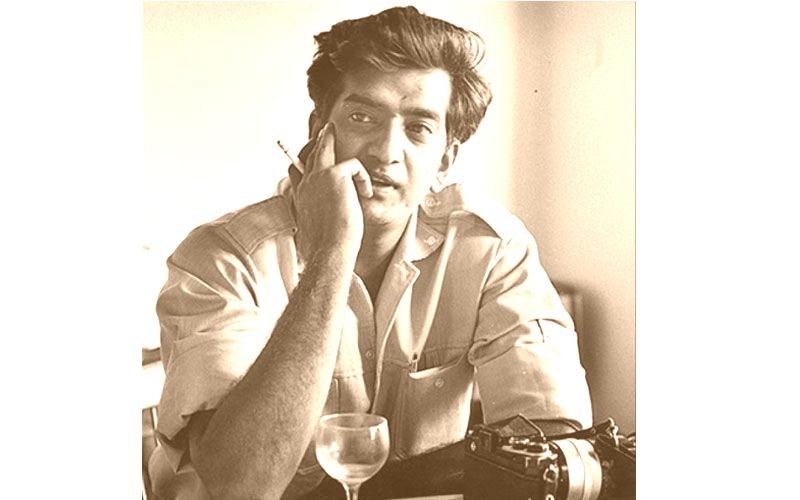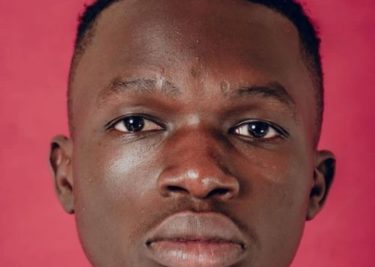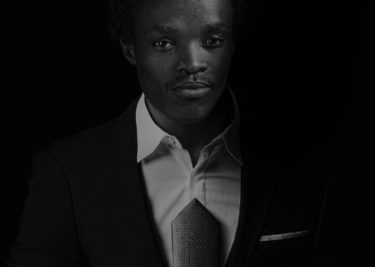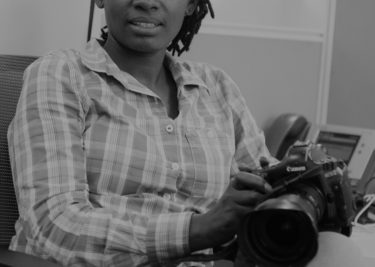Priya Ramrakha: Kenya’s First International Photojournalist

Kenyan Photojournalist Priya Ramrakha
They say a picture is worth a thousand words and through the lenses of photographers such as Priya Ramrakha, we truly come to understand the weight of this simple phrase. Born in January 1935 in Kenya, Priya grew up in a turbulent time in Kenya’s history. Non-Europeans were constantly agitating for more recognition and rights from the colonial government while at the same time Britain was drawing on her colonial subjects to fight in her wars. The irony of this oddity was not lost on Priya as he began exploring his place in the world. From a young age his heart was fixed on photography that as a teenager he managed to convince his father to purchase his first camera – a top of the range camera in the forties – a Rolleiflex. So convincing was he, that his father went out on a limb for the budding photographer and purchased the camera on instalments. It was an investment that bore fruit for life. The camera became an extension of him and Priya was never found without it.
By the time he was in his late teens he got his first job as a staff photographer for the Colonial Times, one of the colony’s few newspapers, and shortly thereafter was contracted to its sister paper Jicho, the colony’s first Swahili newspaper. The first examples of Priya’s photography-based activism were seen at this time, where he would go to one event and capture completely different photos – for the English paper, the “expected” non-controversial photos, and for Jicho, clear examples of how Africans and Indians were treated as second class citizens even at official events.
In time he became known as photographer of excellence and was one of the few Kenyans photographers allowed into the notorious detention camps during the Emergency. From his careful curation we have in our history clear pictures of the horror that Africans went through as prisoners in their own country. Priya brought to life a different Africa – one that wasn’t defined by western ideas or biases but one that was true and authentic from the perspective of one of its own. Protests led by Tom Mboya in his signature kofia showing orderly protests by African nationalists, fashionable young women in the capital denouncing the colonial government, the Legco as a formidable force – all these are examples of the Kenya that he captured with his lens. In the 50s this was ground-breaking and distinct; not in tune with the images of terrorist Mau Mau that dominated the stories covered by Westerners.
Shedding a light on injustices clearly made an impression on the young photographer and his talent was spotted by a Time/Life Photographer in 1959 who took him on as an Assistant and shortly thereafter sponsored him to pursue a photography course at the Art Centre College in Los Angeles, California. The next few years were heady ones for the young Kenyan. He had just the right eye and the right mindset to navigate America during the Civil Rights era. His iconic up-close photos of Martin Luther King, JFK, Malcolm X and Miriam Makeba bear testament to not just his skill, but his ability to find a story. If there was someone seeking justice Priya was there to capture the story on celluloid. After all, he had cut his teeth in one of the most unjust places on the planet.

Kenyan Photojournalist Priya Ramrakha
With his certificate under his arm and a new array of cameras, Priya headed back to Kenya in the early 60s, eager to capture the wave of independence sweeping across the continent. The protestors and detainees of yesteryear were the new Presidents and Prime Ministers and he was there to photograph the transitions. From the jubilation of the Independence Day celebrations in Nairobi, Lilongwe and Dar es Salaam, to the fits and starts of the post-independence decade marred by coups in Zanzibar, the Congo and beyond, Priya and his camera were always at the ready.
With his keen eye, local knowledge and ready-to-go attitude, Priya was hired by the one of the biggest news magazines in the world at the time – Time/Life, making him our first international photojournalist. From this vantage point he brought to the world a different Africa – beyond the tired and tried single story of the African warrior. To Time/Life readers he brought poets, musicians and dancers from Dakar, he showcased Raymonds fashion shoots from East Africa and shared photos of everyday folks doing their jobs with dignity and living with aplomb, whether it was aircraft mechanics, barbers, rally drivers or high society ladies at the races. Priya’s lens expanded the notion of “dark Africa” in way that constantly surprised people who had boxed the continent into one lens.
Dedicated to uncovering stories of injustice, his was a calling that would eventually exact a heavy toll. In 1968 the most volatile news story coming out of Africa was the Biafran war. Started in 1967 as a secessionist movement, the civil war had resulted in a humanitarian crisis by the following year as the region was blockaded by the Nigerian government and famine followed. Against the counsel of friends and colleagues Priya was determined to go and cover the war. It was a decision that would prove fatal as he was caught in the crossfire between Biafran and government troops on 2nd October. Up until his last moments 33-year-old Priya was still capturing photos, still focused on capturing our African story from his authentic and unassuming viewpoint. While we lost the visionary decades ago, we have his legacy. Thousands of photos of Kenya, Africa, the world, over a twenty-year span at some of its most important turning points, all captured from the heart by a son of the soil.
- Protests in Kenya by Priya Ramrakha
- Protests in Tanzania by Priya Ramrakha
- Malcom X by Priya Ramrakha






